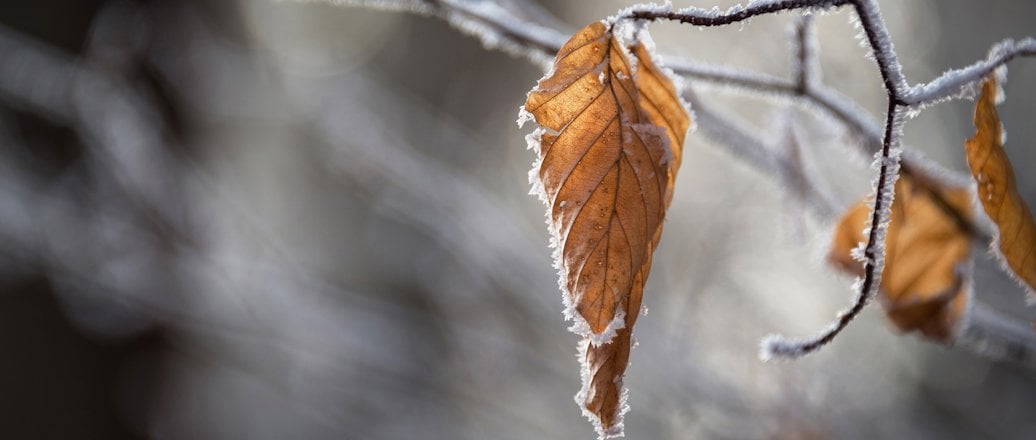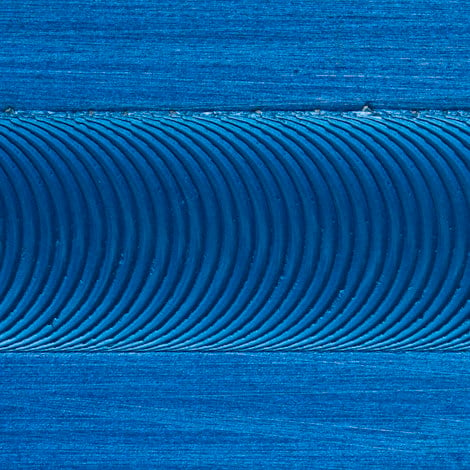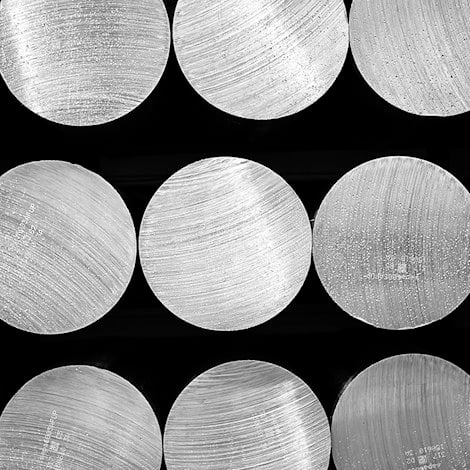In the cold, aluminium gets stronger
Aluminium has a ductile fracture behavior at all temperatures.
The properties of many metals change when exposed to very low temperatures. These changes occur in strength, toughness, brittleness, and durability.
Aluminium is known to sustain or even improve both ductility and toughness at very low temperatures. This is due to negligible yield-strength temperature sensitivity of the face-centered cubic (FCC) crystal structure of aluminium.
FCC aluminium does not show the ductile-to-brittle transition of body-centered cubic (BCC) materials, in which the dislocations Peierls stress can rise to such high levels at low temperatures that brittle fracture intervenes.
Aluminium safe for offshore installations
Aluminium is therefore considered a safe material for offshore installations – especially when the oil and gas industry is moving north.
Other factors that favor aluminium in cold climates are low weight, no surface treatment necessary and low maintenance costs.
One challenge related to the use of aluminium alloys in the oil and gas industry is related to controlling the mechanical strength of joints, particularly the strength of weldments. Recent results confirmed, for example, that there is no reduction in strength at low temperatures for welded thick plates as compared with thin plates.





